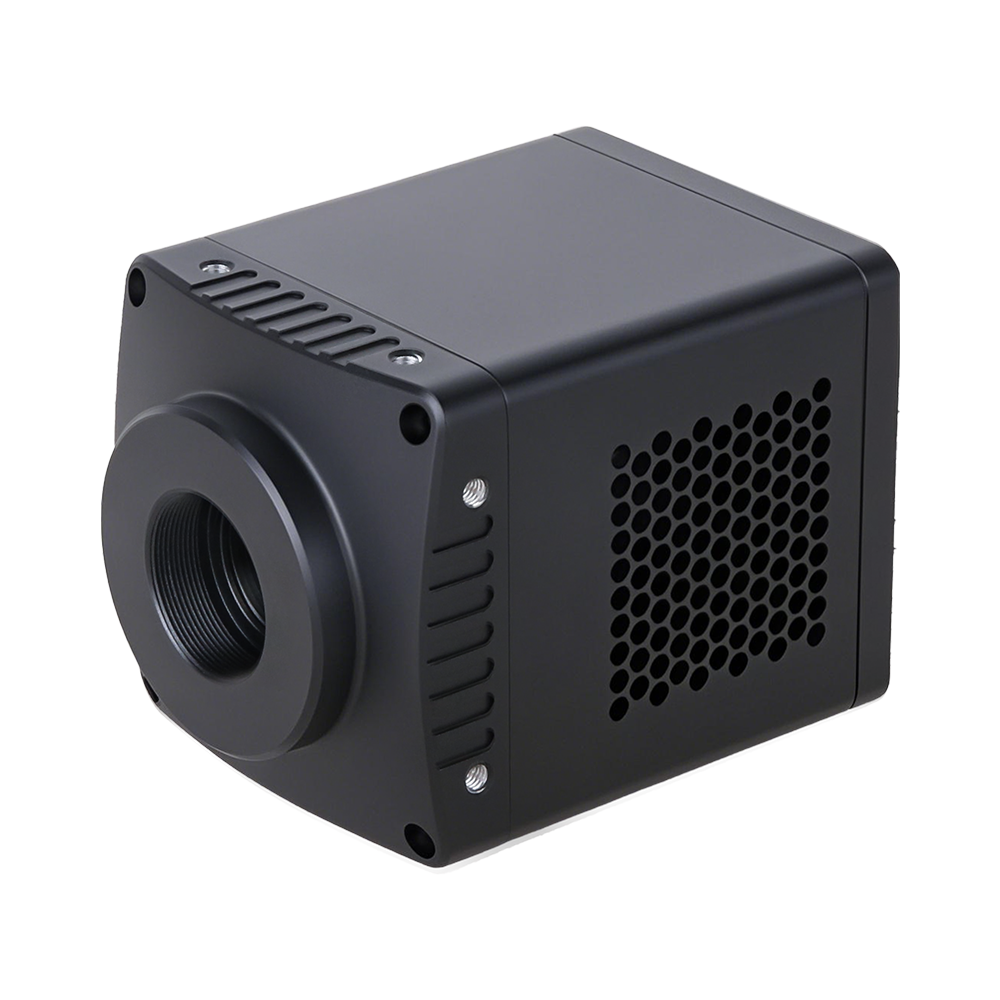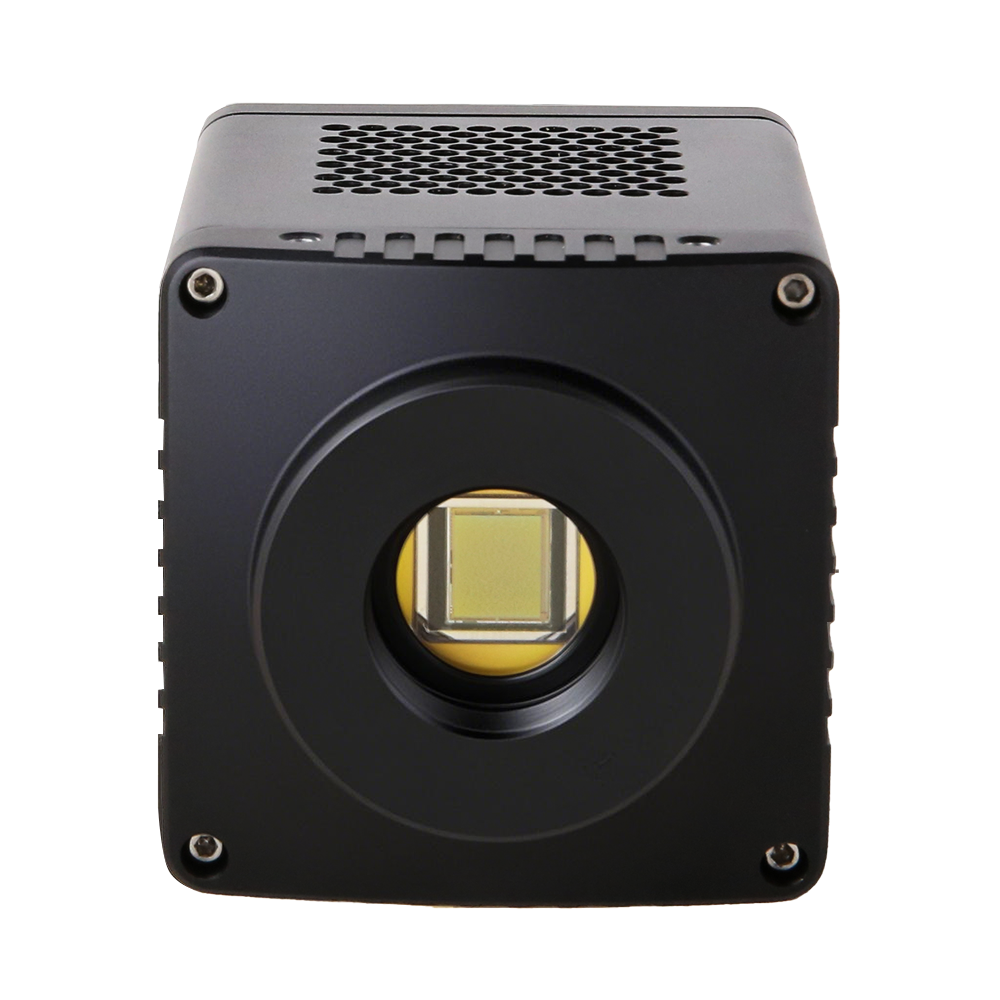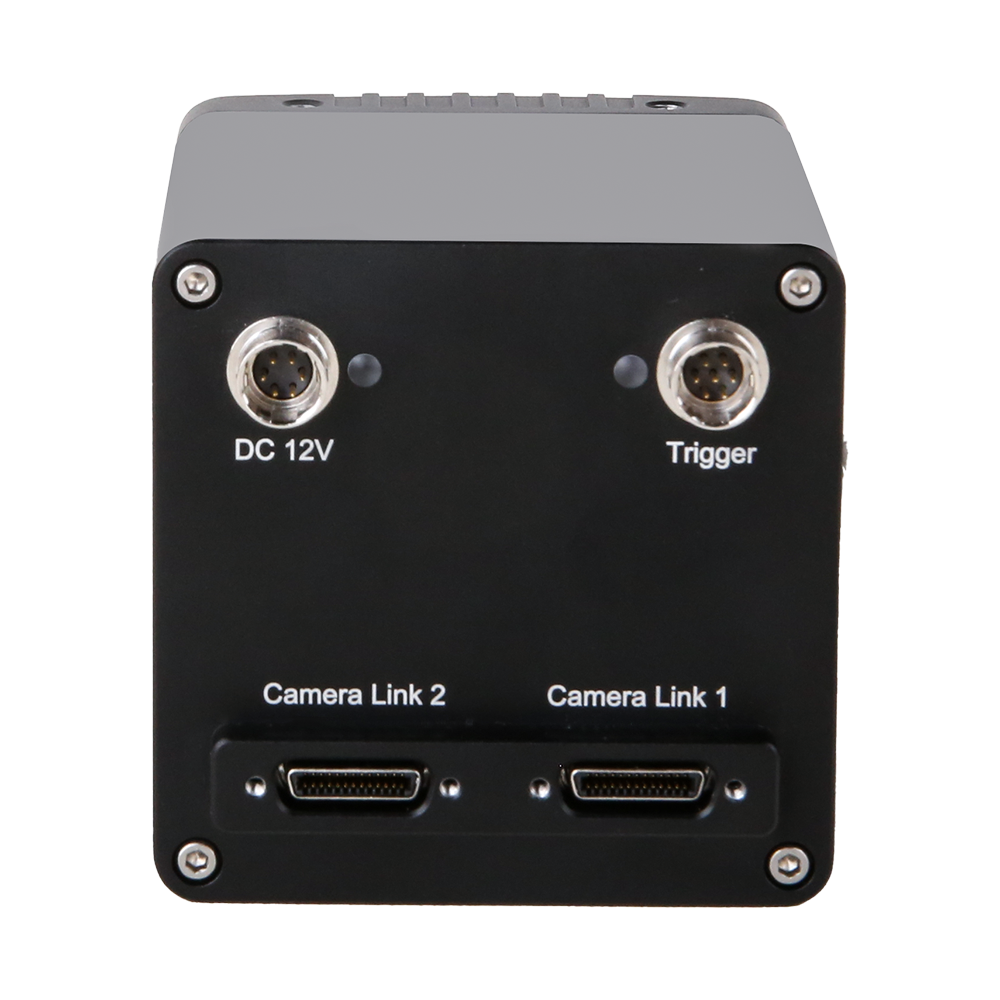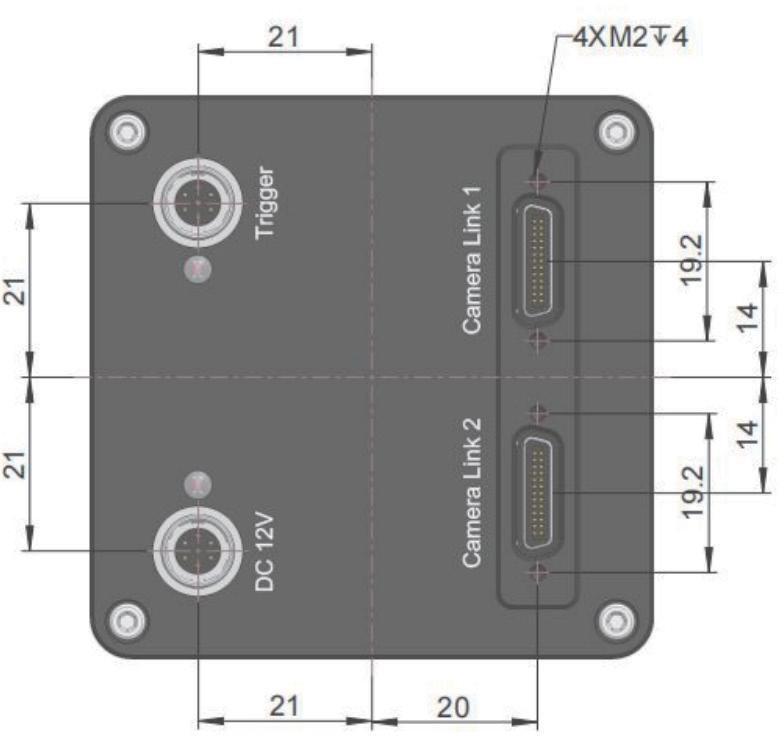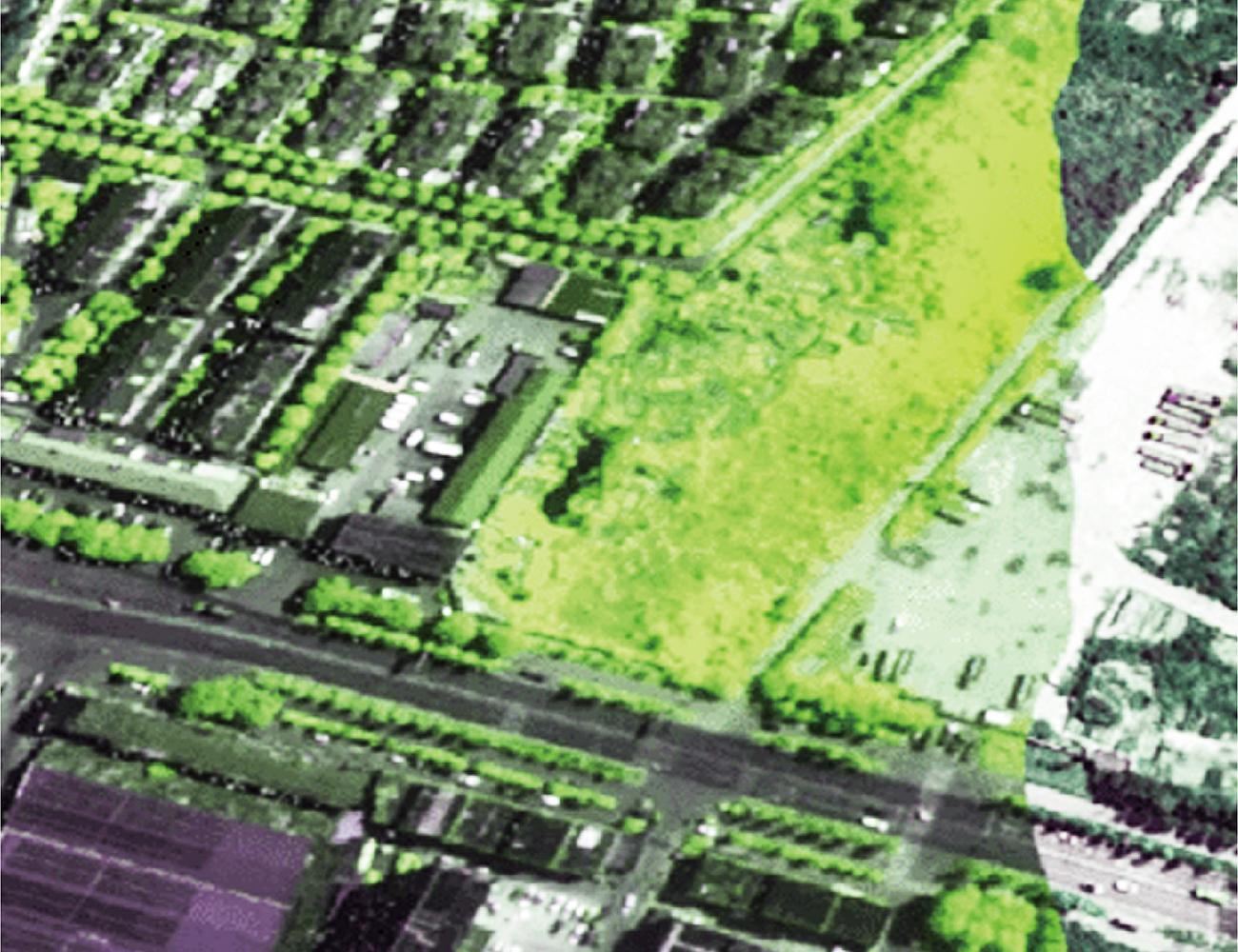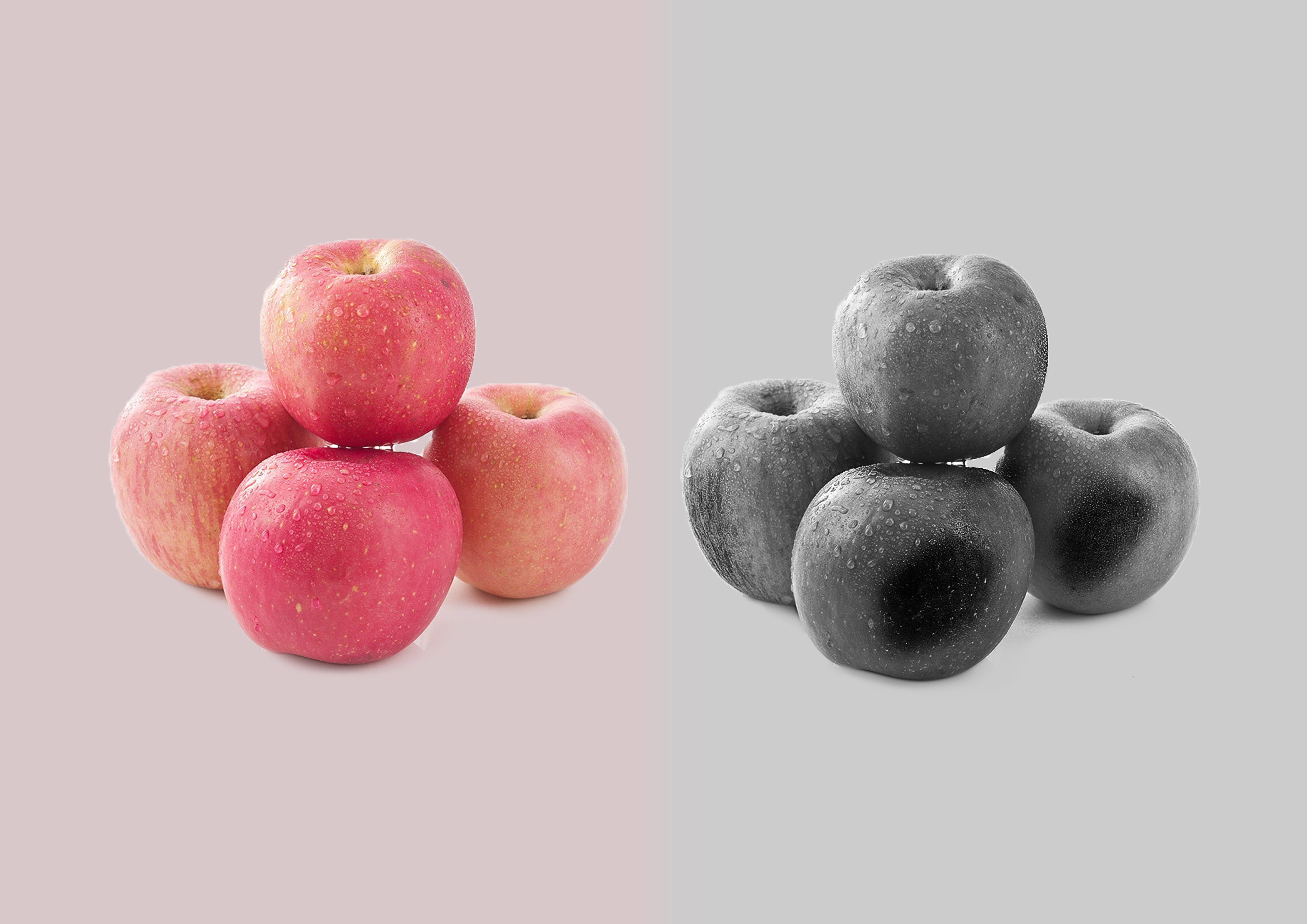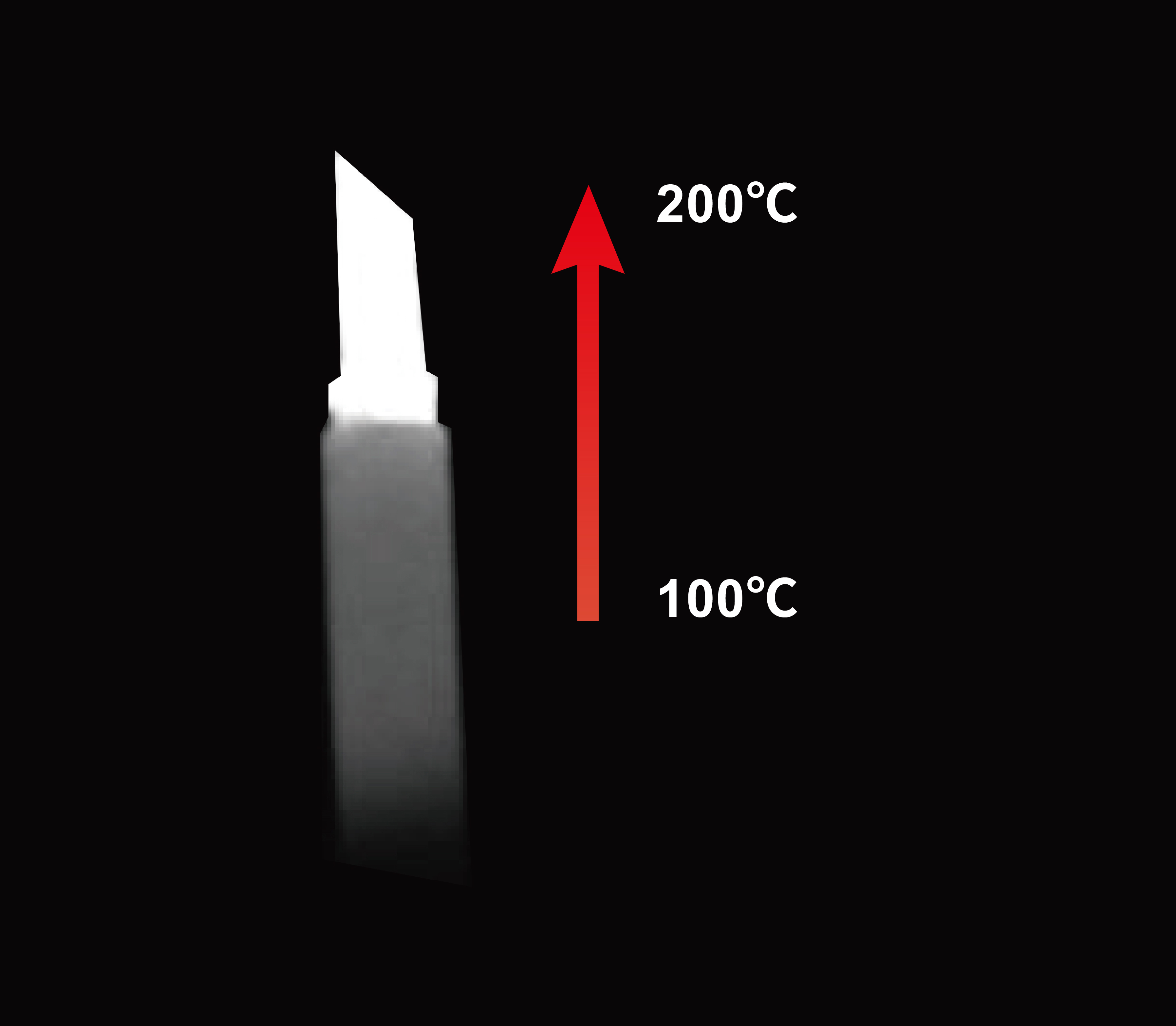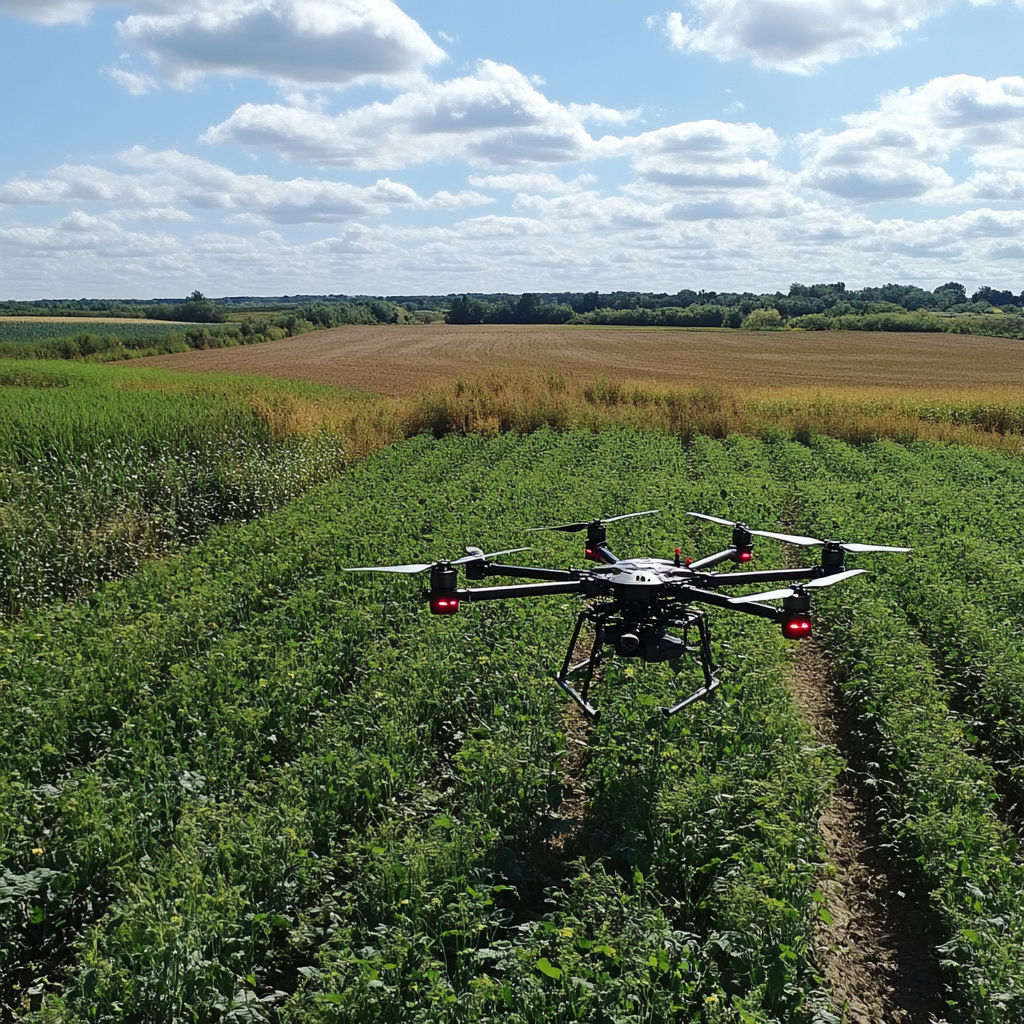SWIR331KMB-G125 Short-Wave Infrared Camera
Product Introduction
SWIR 900‑1700 nm series industrial cameras utilize China-made InGaAs sensors, covering the 900‑1700 nm broad spectrum with high sensitivity, global shutter, wide dynamic range, and high frame rate capabilities. Supporting USB3.0, GigE, CameraLink and other high-speed interfaces with platform SDK, suitable for material identification, food sorting, scientific research, security monitoring and other high-end application scenarios.
Key Features
- 900‑1700 nm version uses China-made InGaAs sensor
- Global shutter
- Supports USB3.0 / GigE / CameraLink interfaces
- Supports external IO trigger control
- 12‑bit or higher ADC
- 4 Gb memory buffer
- High frame rate, exceeding official standards
- Precise temperature control options (cooled/non-cooled)
- Supports field firmware upgrade
- Accepts OEM customization
Product Details
| Specifications | |
| Model | SWIR331KMB-G125 |
| Sensor | China-made 640×512 (InGaAs CMOS) |
| Shutter Type | Global shutter |
| Color Type | Monochrome |
| Resolution | 0.33 MP (640×512) |
| Sensor Size | 9.60 mm × 7.68 mm |
| Sensor Diagonal | 3/4" |
| Pixel Size | 15 µm × 15 µm |
| Spectral Response Range | 900–1700 nm |
| Performance Parameters | |
| Frame Rate | 125 fps@640×512 |
| Bit Depth | 8/14-bit |
| Dynamic Range | 70.59 dB(LG), 67.96 dB(MG), 47.98 dB(HG) |
| Sensitivity | TBD |
| Interface Parameters | |
| GPIO | 1 optically isolated input, 1 optically isolated output, 2 non-isolated I/O ports |
| Lens Mount | C-mount |
| Data Interface | GigE |
| Power Supply | DC 12 V power supply |
| Physical Parameters | |
| Dimensions | 68 mm × 68 mm × 90.3 mm |
| Weight | 485 g |
| Environmental Parameters | |
| Operating Temperature | -30 °C ~ +60 °C |
| Operating Humidity | 20%~80% (non-condensing) |
| Storage Temperature | -40 °C ~ +85 °C |
| Storage Humidity | 20%~80% (non-condensing) |
| Other Parameters | |
| Operating System | Complete SDK development package/ToupView |
| Certification | CE, FCC |
Product Overview
SWIR331KMB-G125 is a Short-Wave Infrared (SWIR) industrial camera based on the China-made 640×512 (InGaAs CMOS) high-performance InGaAs CMOS sensor, featuring the following characteristics:
- Wide Spectral Response: Covers visible to SWIR bands, with a response range of 400–1700 nm
- High-Resolution Imaging: Equipped with 0.33 MP (640×512) pixels, 15 µm × 15 µm pixel elements, maximum frame rate up to 125 fps@640×512, supporting 8/14-bit output
- Global Shutter Design: Features Global shutter, eliminating image tearing in high-speed dynamic scenes
- Multiple Interface Support: Uses GigE connection, compatible with C-mount lenses, supports ROI, trigger input/output and binning control
- Compact Design: Compact size (68 mm × 68 mm × 90.3 mm), weight approximately 485 g, suitable for industrial integration systems
- Cross-Platform Support: Comprehensive support for Complete SDK development package/ToupView platforms, providing SDK, ToupView software, and complying with CE, FCC certification
Performance
Frame Rate
Up to 125 fps@640×512
Resolution
0.33 MP (640×512)
Dynamic Range
70.59 dB(LG), 67.96 dB(MG), 47.98 dB(HG)
Product Summary
The SWIR331KMB-G125 camera is an ideal choice for industrial and research users, with its excellent imaging performance, stable temperature control system, and flexible integration options meeting the demands of various complex application environments.
SWIR331KMB-G125 Product Manual
PDF format, including detailed technical specifications and dimensional drawings
SDK Development Kit
Supports multiple platforms including Windows, Linux, macOS
3D Model Files
STEP format for mechanical design integration
Frequently Asked Questions
Learn more about SWIR short-wave infrared camera technology

Deep Understanding of SWIR Cameras
Short-Wave Infrared (SWIR) cameras and their core sensors are important components of advanced imaging systems. SWIR technology covers the 900~1700 nanometer wavelength band and has excellent penetration capabilities in harsh environments, such as penetrating fog, smoke, and dust to achieve clear imaging under extreme conditions.
SWIR cameras primarily rely on short-wave infrared light reflection, similar to the visible light band, complementing the application range that thermal imaging cameras (LWIR) cannot cover, providing more complete imaging solutions. They are compact and flexibly integrated, making them easy to apply in various industrial and commercial systems.
The high resolution and high sensitivity of SWIR cameras can meet precision detection and high-requirement applications, capable of detecting minute changes and anomalies in samples, making them very suitable for quality control and defect detection. Some models support cooling, further ensuring imaging quality in high-temperature or high-noise environments.
To reduce system costs and improve integration efficiency, modern SWIR cameras commonly adopt standard optical interfaces and compact designs to accommodate broader application requirements. With the continuous development of imaging markets and technology, SWIR cameras have become one of the key technologies for high-end imaging and sensing in multiple industries due to their unique advantages.
Application Examples
Demonstration of SWIR camera applications in real-world scenarios
More Application Industry References
- Semiconductor Industry: Solar cell and chip inspection
- Agriculture: Spectral remote sensing applications via multirotor aircraft
- Recycling Industry: Material sorting of plastics, waste, and other materials
- Medical Imaging and Research: Hyperspectral and multispectral imaging
- Food Industry: Quality inspection and grading
- Beverage Industry: Liquid level detection in opaque containers
- Packaging: Seal inspection
- Glass Industry: High-temperature glass penetration defect detection
- Printing Industry: See-through hidden features
- Video Surveillance: Visual enhancement (e.g., smoke penetration)
- Security: Counterfeit detection, such as currency, wigs, or skin

